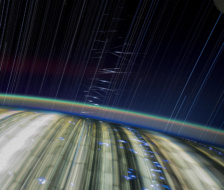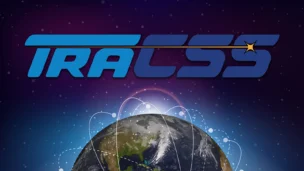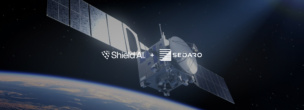A two-ton defunct Soviet spy satellite and a decades-old NASA spacecraft studying the upper atmosphere came within 20 meters of each other this week, sounding alarms at the Pentagon and NASA.
Neither satellite can maneuver, and their large mass and proximity to the ISS meant the government was closely watching the pass-by—a person familiar with the situation tells Payload a collision would have forced astronauts onboard to seek shelter in the Dragon and Soyuz vehicles, as they did following a 2021 Russian anti-satellite weapons test that generated significant debris.
Tight squeeze: This is just the sixth time in the last two years that two non-maneuverable space objects have come so close, according to a LeoLabs analysis. The company’s model suggests that a collision could have increased debris in LEO by 50%.
At UT Austin’s Space Traffic Management conference this week, Dan Oltrogge, the chief scientist at COMSPOC, argued that the orbital collision risk is poised to grow exponentially—in 2005, there were fewer than 1,000 satellite approaches closer than three km; by 2022, there were more than 5,000.
Working on it: It’s unlikely that two satellites that large would be built without maneuvering capabilities today. But the existence of dead satellites and large rocket bodies in orbit is a motivating factor for companies building active debris removal systems, like one Astroscale is currently testing.
Rules of the road: The FCC requires satellites to deorbit within five years of losing functionality. ESA wants to push for active removal requirements by 2030. And the Space Safety Coalition, a group of satellite operators, calls for spacecraft flying higher than 400 KM to be capable of collision avoidance maneuvers.
These issues will only become more pressing as new NGSO constellations are launched from the US and China. Oltrogge reported that, already, “recent incursions by Chinese spacecraft into Starlink’s [large constellation] radial shell would be unmanageable were it not for automation and frequent avoidance maneuvers to mitigate the high collision risk.”




